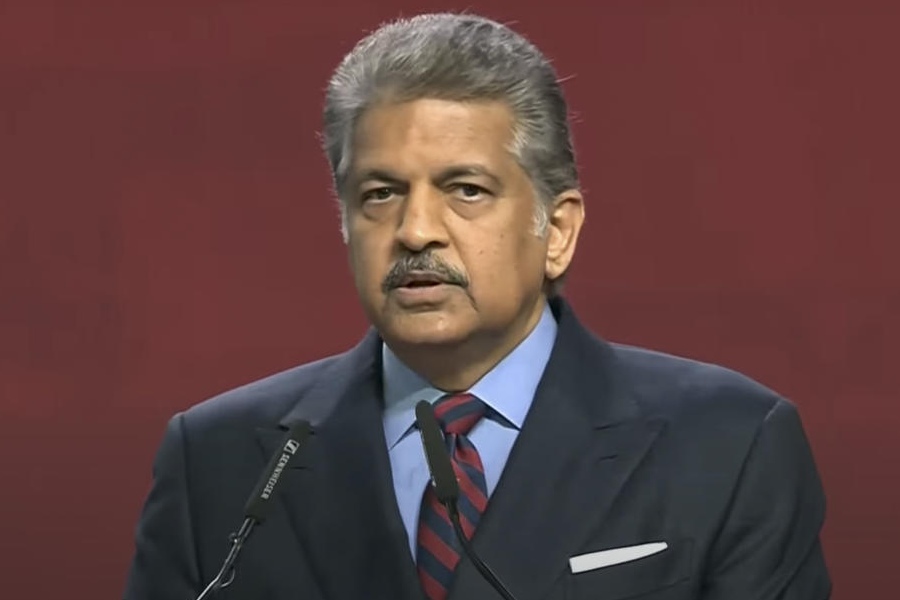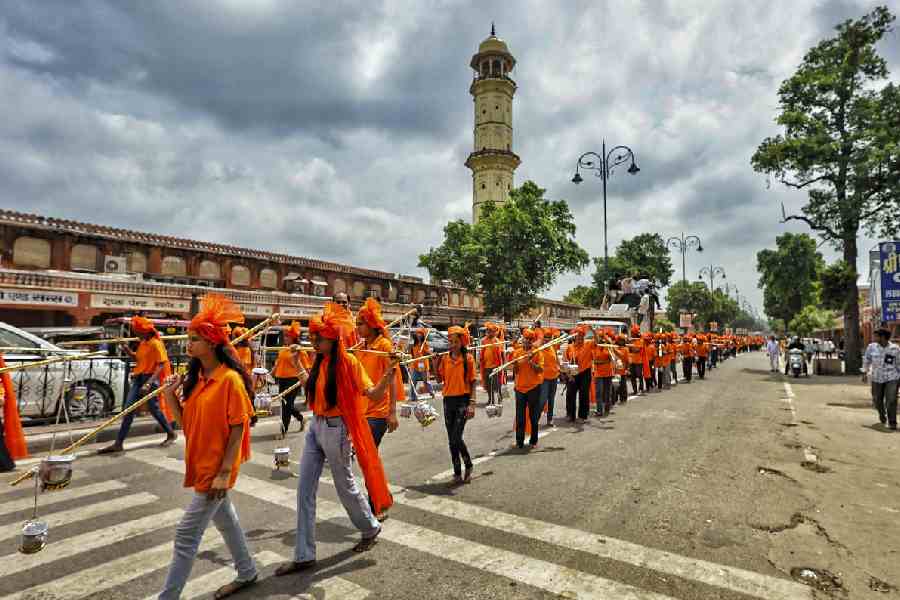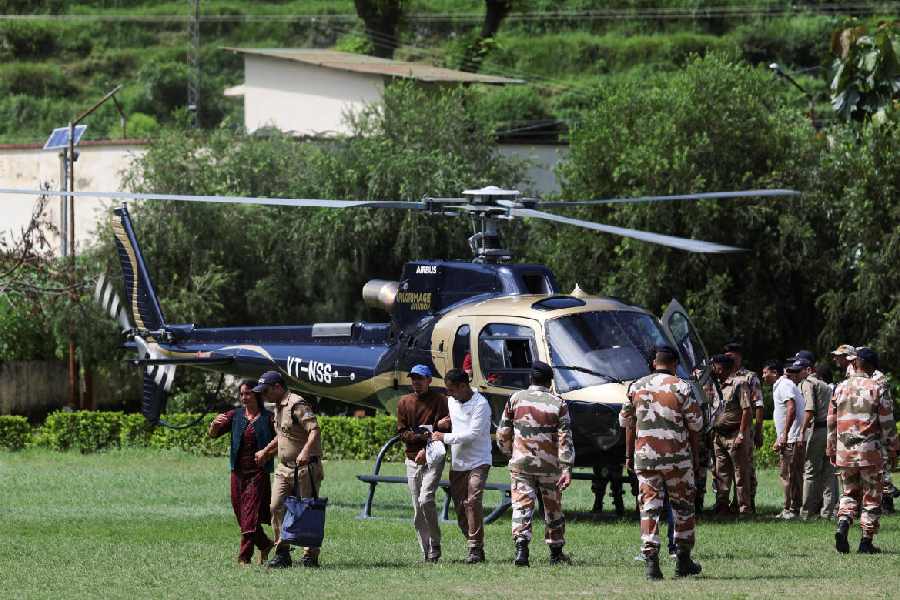 |
 |
 |
| Water floods the 8th century Sisireswar temple at Old Town regularly, posing a threat to the structure. Pictures by Sanjib Mukherjee |
Bhubaneswar, Sept. 6: The 8th century Sisireswar temple located at Old Town in the city is enduring various problems created by man and nature.
Although, it is one of the most ancient sites of the state, the temple is not getting proper treatment from the authorities.
Situated on the premises of the Vaital temple, archaeologists believe the Sisireswar temple belongs to the same period of architecture as the Vaital and is a protected monument under Archaeological Survey of India (ASI).
Incessant rain has left the temple including its sanctum sanctorum, waterlogged. The chief deity — a Shiva lingam — gets submerged in the rainwater.
“This has been the state during every monsoon for years. After repeated complaints, the ASI came down and pressed into service motors to drain out the stagnant water. But no permanent solution has yet been found,” said Prafulla Mohapatra, a local resident.
Not only waterlogging, but also weathering has caused great damage to the sculpture. The temple exteriors display rich motifs that vary from floral carvings to figurines in aesthetic poses.
One can also find embellishments on the doorjambs of the entrance to the sanctum. These include traditional scroll works.
Moreover, the idols such as, Ganesha, Kartikeswar, and Durga, are also found in the temple. But over the years, the sculptures and the motifs on the temple walls have slowly eroded.
Apart from the floor, the walls of the sanctum are also in a bad shape owing to percolation of water.
Many urban structures that have come up around the heritage site add to the woes of the temple.
In fact, authorities claim that this insensible growth of private buildings that have come up around the temple owing to improper regulation of the concerned authorities is the reason behind the accumulation of rainwater.
“This problem had been persisting for the past 12 years when the urban structures first came up around the temple. Since these buildings had blocked the original drainage system of the temple and even led to heightening of the road level, the water level of the temple precinct and sanctum went lower,” said A. K. Patel, superintendent, of the ASI, Orissa Circle.
“The only feasible method in such a situation is using water pumps to remove the water. But, we held a meeting today and decided to form a technical committee that would come up with a long term solution,” said Patel.
He also added that since construction of buildings within 100 metres of the temple are against the existing rules for an ASI-protected monument; the structures could be removed to save the heritage sites.
“But, for that we need a strong support of various bodies of the state government. Such a step can be taken only by the district authorities,” he said.










